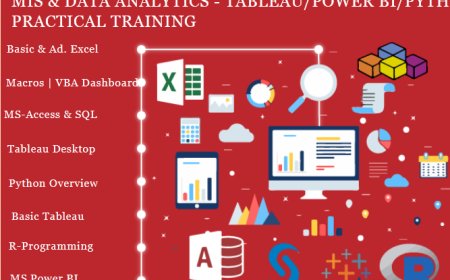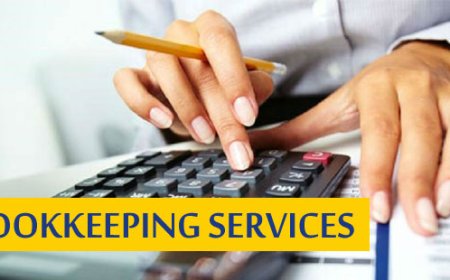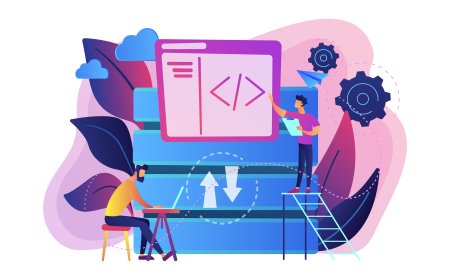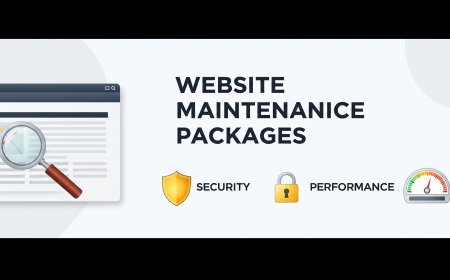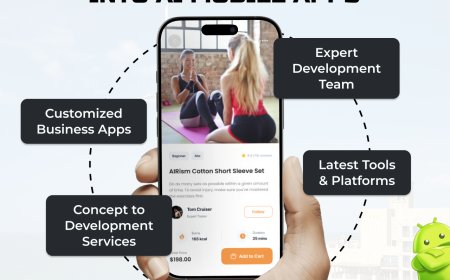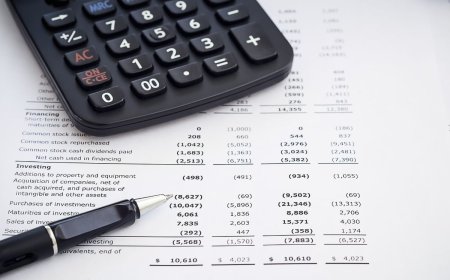How Young Professionals Can Take Advantage of Callable Bonds
Callable bonds are structured with the issuer—usually a corporation or municipality—retaining a bit of financial intervention

On the path to youthful investors, young investors should obtain certification in various investment instruments as an important step toward mastering a sustainable portfolio. Considering the available options, young investors should recognise that bonds remain the primary fixed-income product to equate risk with return. One category of such products is callable bonds, which possess peculiar aspects that young investors should be aware of to decide whether these fit their plans for the long run.
Understanding Callable Bonds
A callable bond allows its issuer to redeem the bond before its maturity. Depending on governing law, in such a scenario, the company receives the right to redeem the bonds at the specified call, a price generally fixed for some time after the specified period from the issue date. For a non callable bond, the issuer is only obliged to repay at maturity.
How does it work?
Callable bonds are structured with the issuerusually a corporation or municipalityretaining a bit of financial intervention. As interest rates fall, the issuer can redeem the already existing bonds by issuing new bonds at lower coupons. This benefits the issuer, while the bondholder faces the reinvestment risk of having to find other investments, possibly at a lower yield.
Why Should Young Professionals Think About Callable Bonds?
Higher Interest Payments
One attractive feature of callable bonds is the generally higher coupon payments received compared to their non-callable counterparts. This may appeal to young professionals seeking income-generating investments to complement their salaries or reinvest in other products. Over time, these higher interest payments stand a chance to begin significantly contributing to portfolio growth.
Fixed-Income Diversification
One of the major pillars of building a portfolio remains diversification, at least for young professionals. Callable bonds represent a unique composite within various kinds of bonds, helping to hedge risk against different interest rate scenarios. The combination of callable bonds with government and corporate bonds could provide a layered approach to fixed-income investments.
Learning Opportunities
With a lot of time on their hands through to retirement, early-career investors have plenty of opportunities to learn about various financial instruments and strategies. Callable bonds serve as a great tool for adding elements of risk management, interest rate forecasting, and credit analysis. A possible understanding of callable bonds will strengthen their financial literacy, which will, in turn, reflect on their future investment decisions.
Considerations and Risks
Reinvestment Risk
On the path to youthful investorsIf bond cancellations occur when interest rates are low, the investor may not be able to find any other bond providing similar yields. This could inadvertently affect long-term planning or create a stumbling block in financial goals for the young professional, especially if they depend upon income from bonds.
Call Price and Call Protection Period
Every callable bond has a call price and a call protection period. The call price stipulates the price at which the issuer may redeem the bond before maturity, while the call protection period prevents the issuer from calling the bond for a specific time. These two call features need to be assessed by the investor prior to the investment decision, as they influence return predictability.
Market Behavior and Interest Rates
Callable bonds react slightly differently under different economic and market conditions. Generally, if interest rates are stable or rising, the likelihood of the issuer calling the bond will be low, thus allowing the investor to enjoy the higher yield. However, falling interest rates will influence issuers to call the bonds earlier.
How to Get Started?
For those yearning to learn about callable bonds, the following steps are suggested:
Check callable bond types in the corporate or municipal bond categories.
Review prospectuses or bond offering documents to understand call features such as call schedule and protection period.
Use brokerage platforms that have tools to screen for bonds. These tools commonly allow filters to be used by bond type, maturity, coupon rate, and call provisions.
Start out small and invest a small part of your fixed-income investment in callable bonds and monitor its performance after some time.
Conclusion
Callable bonds offer a different set of characteristics in the general classification of bonds. They may serve as strategically useful tools for young professionals to build a diversified and income-generating portfolio. Callable bonds come with their associated risks, namely the risk of early redemption, but they also provide opportunities for learning and further enhancement of the portfolio.




















